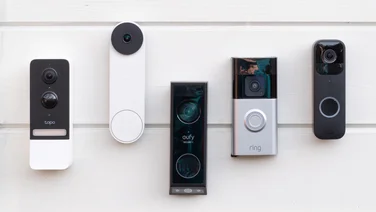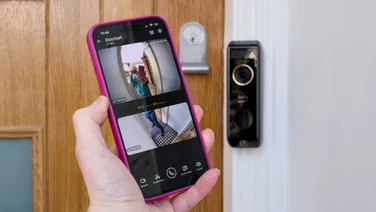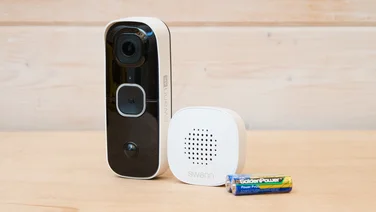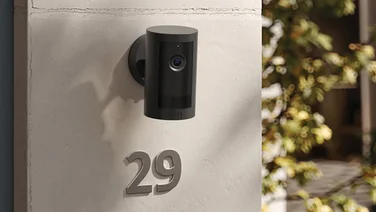To help us provide you with free impartial advice, we may earn a commission if you buy through links on our site. Learn more

There’s a trend for modern consumer electronics to have a dizzying array of extra features on top of their core function, but sometimes it’s good to have a device that does one job well. That seems to be the design brief behind this video baby monitor. It can’t connect to the web, it doesn’t have a motorised pan and tilt function and it can’t project a light show onto the ceiling. It doesn’t have a touchscreen and it doesn’t look particularly exciting. However, there are a number of functions that help it to stand out for practicality.
One is the Eco mode, which only switches the video and audio feeds on when sound or motion is detected. This has the dual benefit of conserving battery life and helping draw your attention to your baby’s activity when you might otherwise be distracted by a particularly gripping TV programme. Note that this motion detection is based on the camera and not the kind of motion sensor pads used by some baby monitors. There’s also a Vox mode that only responds to sound and not motion.

There’s also a Video mode that streams a constant video signal, and Audio mode that turns off the camera and just streams audio. Eco mode only added an hour to the battery life in my tests, but almost 12 hours in Eco mode and 10 hours and 50 minutes of constant video are excellent results.
The camera base is pivoted and easy to angle, and there are holes for wall mounting. Both the baby and parent units have standard Micro USB power sockets, so the chances are you’ll be able to find a replacement if one breaks or you misplace it while travelling. Image quality was generally pretty good, except that the lens gave sharp focus for subjects just a few inches away, while anything more than a foot away was slightly blurry. I don’t know whether this is a design feature or just a faulty unit, but I can’t say that it really matters. There’s still enough detail to see what’s going on in the room.
The parent unit has a dedicated button for each function so there are no convoluted menus to navigate. Most controls are self-explanatory, but the audio threshold control for the Eco and Vox modes could be clearer. There are buttons on both the baby unit and parent unit to turn music playback on and off. There’s a choice of five lullabies in the style of a musical box. The sound from the baby unit was moderately annoying, but because the speaker is close to the microphone, they played as un unbearable distorted mess on the parent unit. The only option is to turn the parent unit’s volume down to zero, which rather defeats the purpose of having a baby monitor.
The Avent SCD620 has some elegant features but the image quality and music playback feature are exceptions. Regardless, it’s hard to see how Philips can justify charging £160 when rival models cost less than half as much. Although, you should also consider the Tommee Tippee Closer to Nature.





